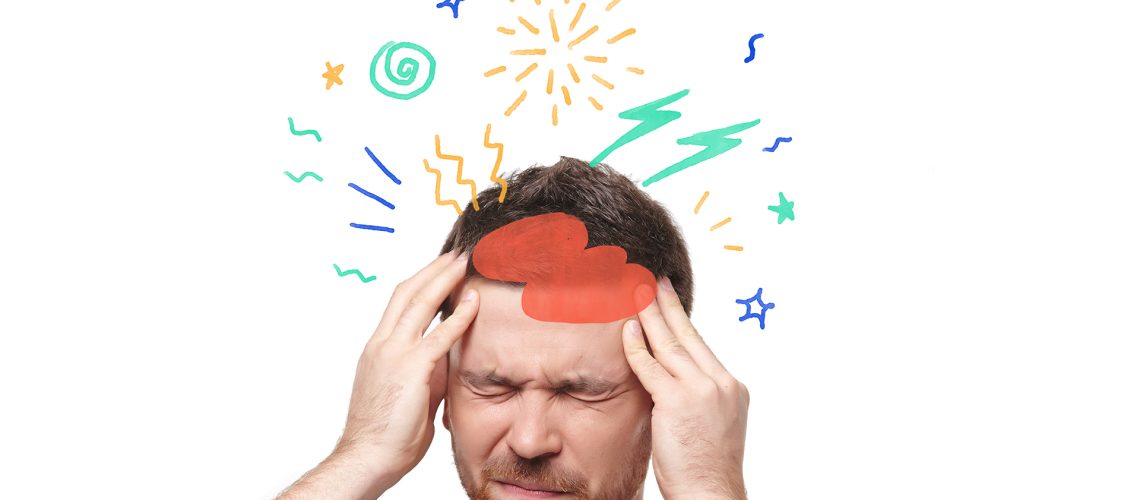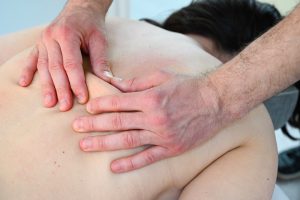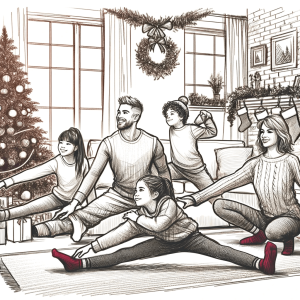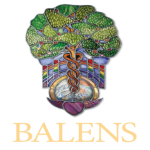Understanding Headaches and Migraines
Headaches and migraines are among of the most common physical complaints, with more than 10 million people in the UK complaining about headaches. This means that one out of 6 people will experience headaches in some form during their lifetime. The most common symptom of headaches and migraines is pain in or around your head and face.
Although the brain is not sensitive to pain because it has no nociceptors (pain receptors), many of the other structures in our head do have nociceptors, including; blood vessels, muscles, dura mater, eyes, ears, sinuses and nerves in the neck, and face and scalp. Any or all of these structures can be responsible for headaches and migraines.
90-92% of all headaches are tension headaches, and have been linked to changes in serotonin levels and mechanical stresses
The International Headaches Society (IHS) discusses headaches as primary or secondary issues.
Primary Headaches explained
Primary headaches are not the result (symptoms) of another medical condition, and can include:
- Tension-type headaches, affect more than 40% of the adult population worldwide.
- Migraines affect more women than men, and are most common in children and young adults.
- Cluster headaches, whilst fairly rare (less than 1% of the population) affect men more often than women.
Secondary Headaches explained
Often a result/symptom of other underlying health conditions such as; infection or vascular disease, head and/or neck trauma, cranial or cervical vascular disorder, disorders of the cranium, neck, eyes, ears, nose, and sinuses. Psychiatric disorders and several other factors can also cause secondary headaches.
Although most headaches are not serious, it is important to be aware of potential “red flags” that might suggest a serious condition, and when headaches are severe and repeating it is important to consult a professional.
The American Headache Society has created a simple mnemonic to help remember headache warning signs, called SNOOP
S —“Systemic symptoms” (fever, weight loss, stiff neck, rash),
–“Systemic risk factors” (cancer or HIV)
N —Neurological signs and symptoms eg: weakness, slurred speech, confusion, memory loss, and drowsiness.
O — Onset sudden (thunderclap headache)
O — Onset after age of 40
P — Previous headache history, noting whether headache is different from previous headaches, or is getting worse.
What are the most common causes of headaches and migraines?
Headaches are often multifactorial or lifestyle related, and given that they can be caused by a myriad of triggers, can be complex.
Common possible causes of headaches:
- Stress,
- Feeling of overload,
- Lack of exercise or sleep,
- Idiopathic (unknown cause)
- Trigger points
- Disease
- Postural imbalances
- Dehydration
- Alcohol consumption
- Medication overuse
- Sinus Infections or SInusitis
How massage can help with headaches and migraines
The study by Moraska, A. and Chandler C. (2008)[4], shows a reduction in headache pain and disability when massage therapy targets myofascial trigger points [4]. Another study showed that massage was effective in the reduction of migraine headache pain by 68% when cervical and upper thoracic massage and manipulation was used [5].
Most clients with chronic recurring headaches and migraines will benefit from an initial 6 weekly treatment protocol to reduce pain, followed by an ongoing maintenance program to prevent symptoms recurring [2].
The JING Method is an Advanced Clinical Massage therapy that combines and applies a range of advanced techniques (including trigger point therapy and myofascial release) to achieve a specific outcome, whether that be a reduction in pain, increased range of movement, improved posture, or relaxation. This type of massage is tailored to the client.
Resources and References
- Werner, R. (2019). A Massage Therapist’s Guide to Pathology: Critical Thinking and Practical Application (7th ed.). Books of Discovery.
- Fairweather, R. and Mari M. S. The Jing Method, Advanced Clinical Massage Techniques, ACMT manual, jingmassage.com
- Hainer, B.L. and Matheson, E. (2013). Approach to Acute Headache in Adults. American Family Physician, [online] 87(10), pp.682–687. Available at: https://www.aafp.org/afp/2013/0515/p682.html.
- Moraska, A. and Chandler, C., 2008. Changes in Clinical Parameters in Patients with Tension-type Headache Following Massage Therapy: A Pilot Study. Journal of Manual & Manipulative Therapy, 16(2), pp.106-112.
- Jahangiri Noudeh, MD, Y., Vatankhah, MD, N. and Baradaran, MD, PhD, H., 2012. Reduction of Current Migraine Headache Pain Following Neck Massage and Spinal Manipulation. International Journal of Therapeutic Massage & Bodywork: Research, Education, & Practice, 5(1).
Self care tips to help if you suffer from headaches and migraines
- Keep a diary to identify triggers and avoid them
- Use heat (like hot water bottle) on your upper shoulders and neck area to promote muscle relaxation
- Stretching and mobilisation exercises
- Self-trigger point massage.
- Meditation
- Breathing exercises
How can massage therapy help with headaches and migraines?
As a clinical massage therapist, my consultation and examination will help me to explore your symptoms to understand the source and cause of your pain. I will use this diagnosis and a variety of techniques in a tailored treatment plan, with a view to eliminating your pain.
Take your next step towards your pain free life?
Book Free online consultation now or give us a call to chat with us about your condition.
What is a trigger point when it comes to headaches and migraines?
A trigger point is a taut band within a muscle which when compressed can cause pain, numbness and tingling in that location or other muscles in a predictable pattern (as shown in these pictures). Headache and migraine trigger points develop in neck and shoulder muscles. Many things can cause a trigger point leading to headaches, including poor posture, lack of movement, stress, muscle tension, dehydration, lack of sleep, or wrong sleeping position.
HERE’S THE GOOD NEWS – I can treat headaches and migraines quickly, but if you want to try treating headaches and migraines at home, check out this video on how to get ease from common headaches.













